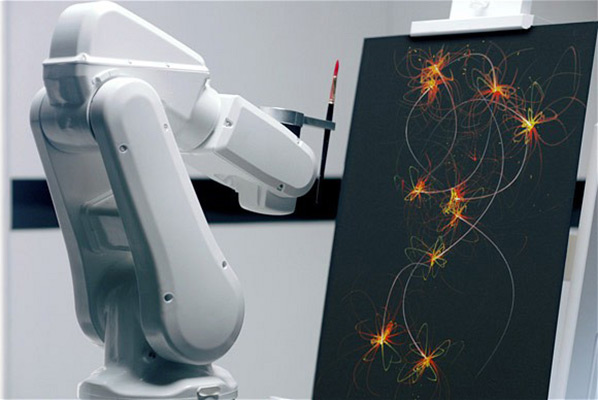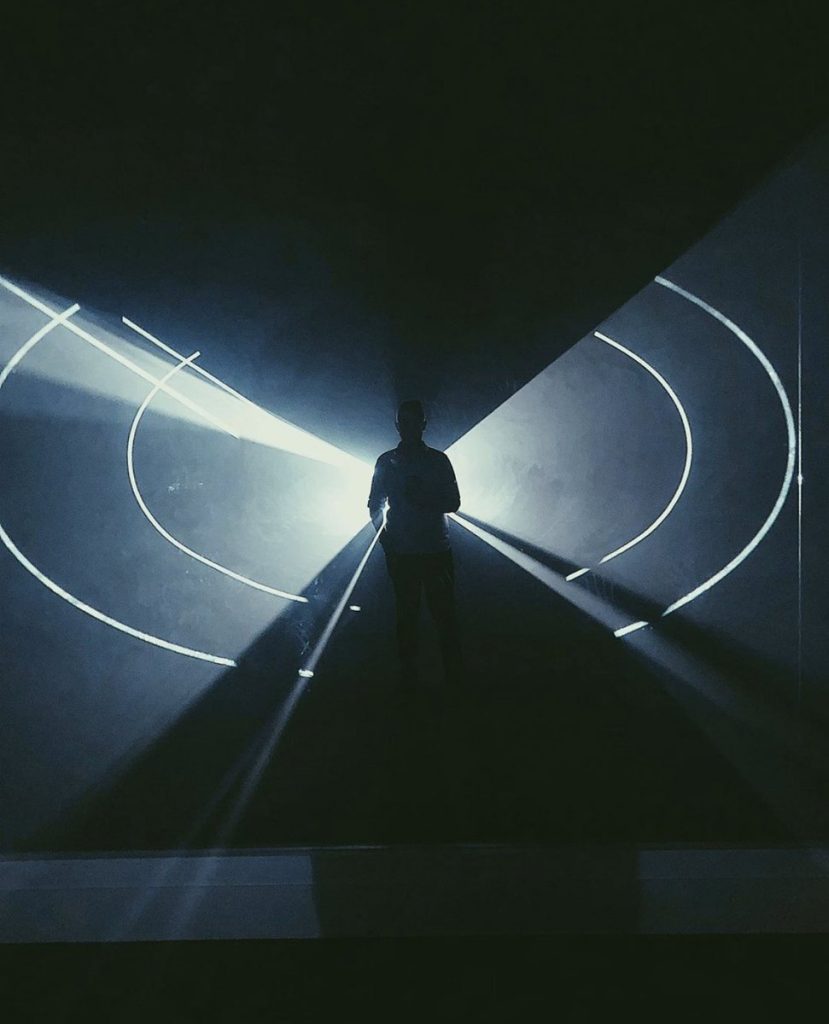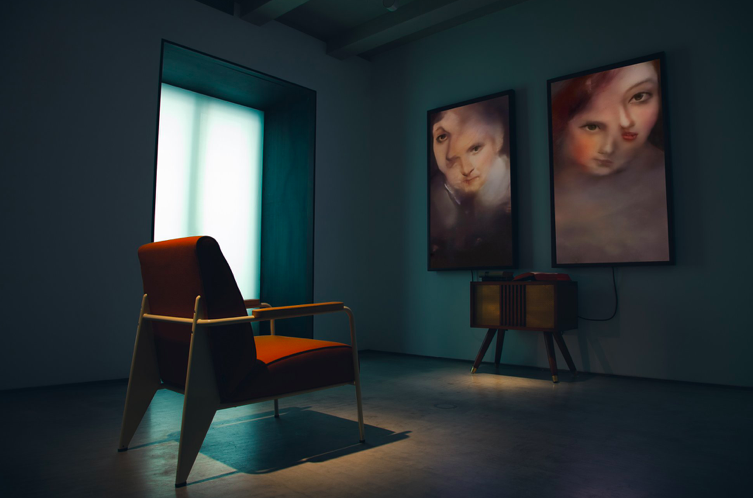3D Printing & Lasers was the class that first introduced me to creating digital artworks. Our professor Sidney created a virtual gallery to put our digital sculpture works in it. His design made our critique more interesting and interactive.
The sculpture works were created by students, but the gallery program was solely developed by him. The time period for him to create the gallery was short, only couple days between the deadline for our submission and our critique. The reason why I admire it so much is that he didn’t have to do all those work, but he had the passion to make our online class experience more fun and real (since it’s designed to be first-person view and u can move freely in the program) during the whole pandemic.
I’m not sure about the whole process as I’m not super knowledgeable about game design. I think he used unity to create the framework and it was released on itch.co platform.
I believe the setup for the gallery was inspired by the movie “The Shining”. It also has a hallway with rooms on both sides. When the viewer enter each room, he/she would see different artworks, some room have traps in it so you might fall into another world within the room.
This project showed how we can communicate art ideas as if we do not have those constraints.
![[OLD FALL 2020] 15-104 • Introduction to Computing for Creative Practice](https://courses.ideate.cmu.edu/15-104/f2020/wp-content/uploads/2021/09/stop-banner.png)







